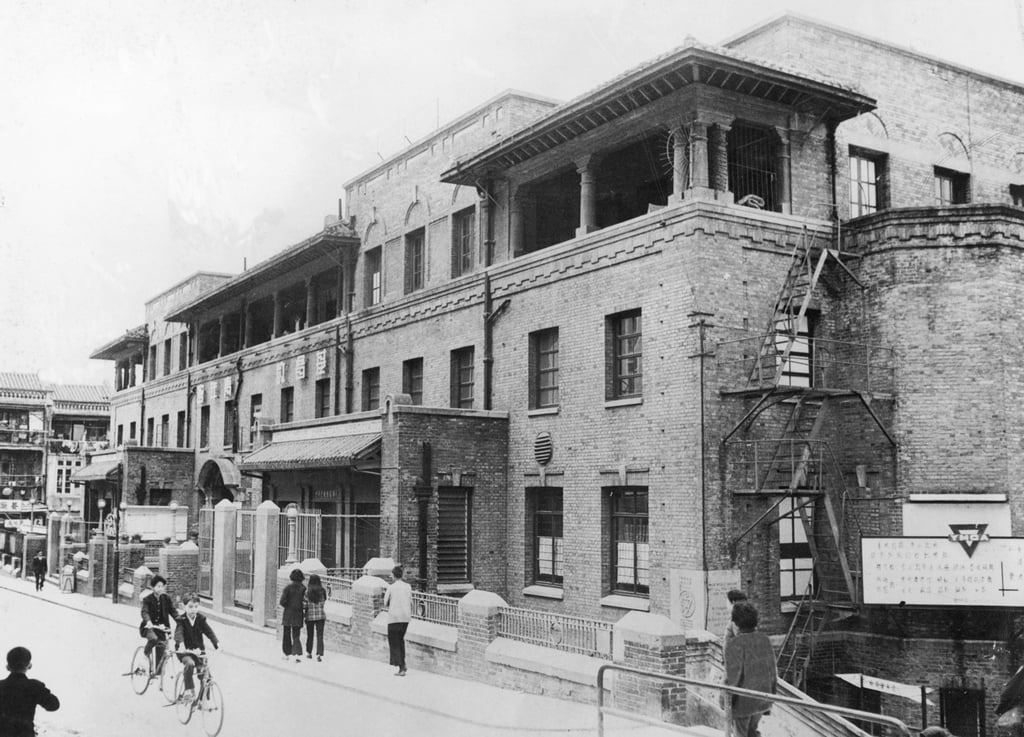Advertisement
Serving the people of Hong Kong for 106 years: the YMCA Bridges Street Centre in Sheung Wan
- With Hong Kong’s first indoor swimming pool, an indoor running track and gym, the Chinese YMCA centre in Sheung Wan was also a community meeting place
Reading Time:3 minutes
Why you can trust SCMP

YMCA Bridges Street Centre is a 106-year-old, red-brick edifice that stands at the end of the 300-metre-long thoroughfare in Sheung Wan on Hong Kong Island that gave the building its name.
Advertisement
While few buildings in Hong Kong can lay claim to that lifespan, fewer still have continuously served the same purpose for that amount of time.
The Bridges Street Centre is special in that sense. For as long as it has been standing, it has provided space for Hong Kong’s social development and welfare.
The building was erected in 1918 as the first headquarters of the YMCA’s Hong Kong chapter, nearly 17 years after the local arm of the worldwide youth organisation was founded. The reason for the delay is difficult to imagine today: the city could not muster the funds.


Two YMCA members in Chicago generously donated 75 per cent of the cost. The rest was financed by 185 prominent Chinese businesspeople in Hong Kong.

Advertisement